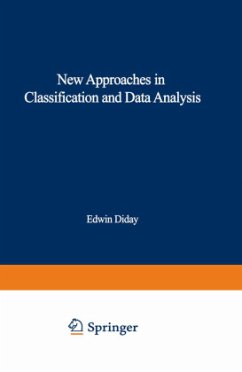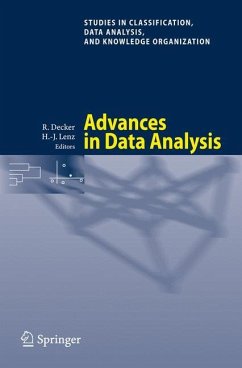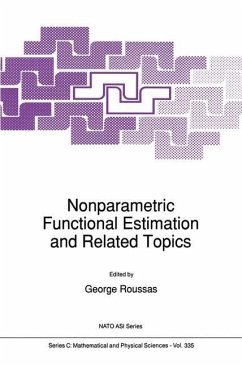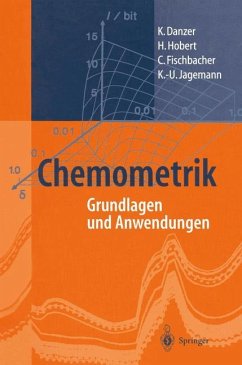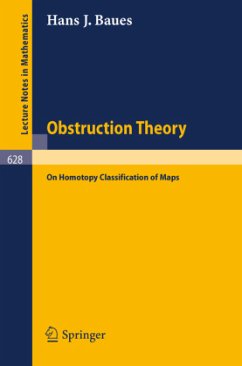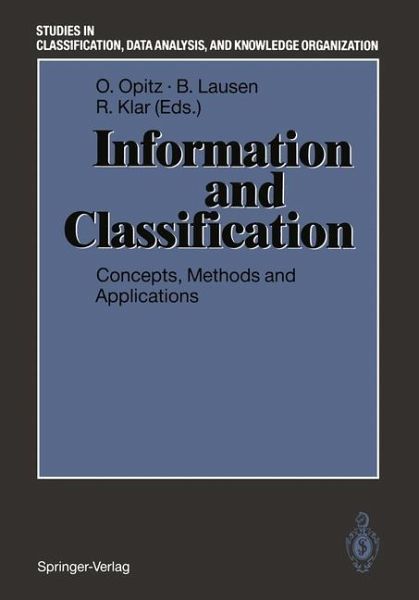
Information and Classification
Concepts, Methods and Applications Proceedings of the 16th Annual Conference of the "Gesellschaft für Klassifikation e.V." University of Dortmund, April 1-3, 1992
Herausgegeben: Opitz, Otto; Lausen, Berthold; Klar, Rüdiger

PAYBACK Punkte
20 °P sammeln!
In many fields of science and practice large amounts of dataand informationare collected for analyzing and visualizinglatent structures as orderings or classifications forexample. This volume presents refereed and revised versionsof 52 papers selected from the contributions of the 16thAnnualConference of the "German Classification Society".The papers are organized in three major sections on DataAnalysis and Classification (1), InformationRetrieval,Knowledge Processing and Software (2), Applications andSpecial Topics (3). Moreover, the papers were grouped andordered within the major sections. S...
In many fields of science and practice large amounts of dataand informationare collected for analyzing and visualizinglatent structures as orderings or classifications forexample. This volume presents refereed and revised versionsof 52 papers selected from the contributions of the 16thAnnualConference of the "German Classification Society".The papers are organized in three major sections on DataAnalysis and Classification (1), InformationRetrieval,Knowledge Processing and Software (2), Applications andSpecial Topics (3). Moreover, the papers were grouped andordered within the major sections. So, in the first sectionwe find papers on Classification Methods, FuzzyClassification, Multidimensional Scaling, DiscriminantAnalysis and Conceptual Analysis. The second sectioncontains papers on Neural Networks and ComputationalLinguisticsin addition to the mentioned fields. Anessential part of the third section attends to Sequence Dataand Tree Reconstruction as well as Data Analysis andInformatics in Medicine. As special topics the volumepresents applications in Thesauri, Archaeology, MusicalScience and Psychometrics.



